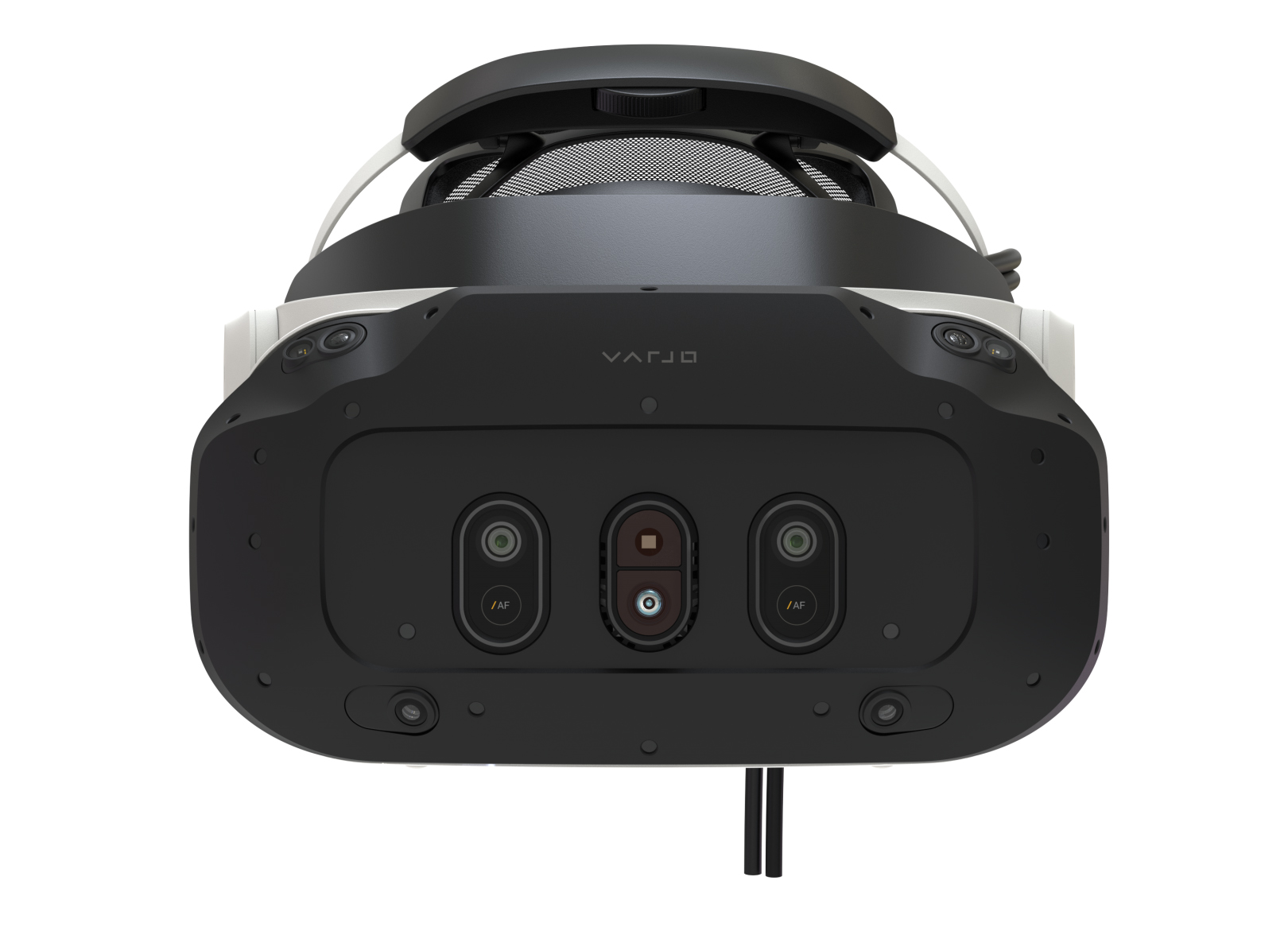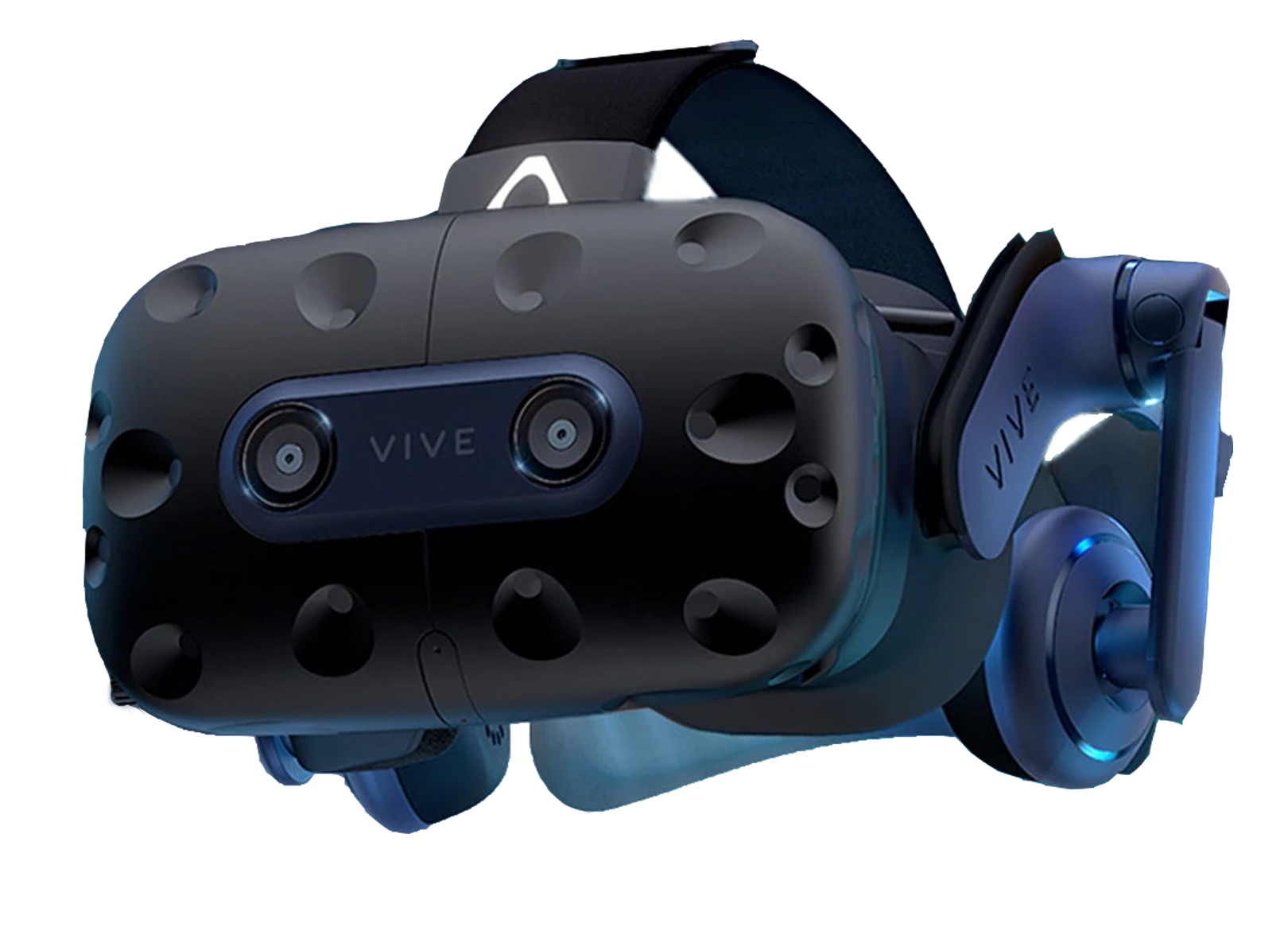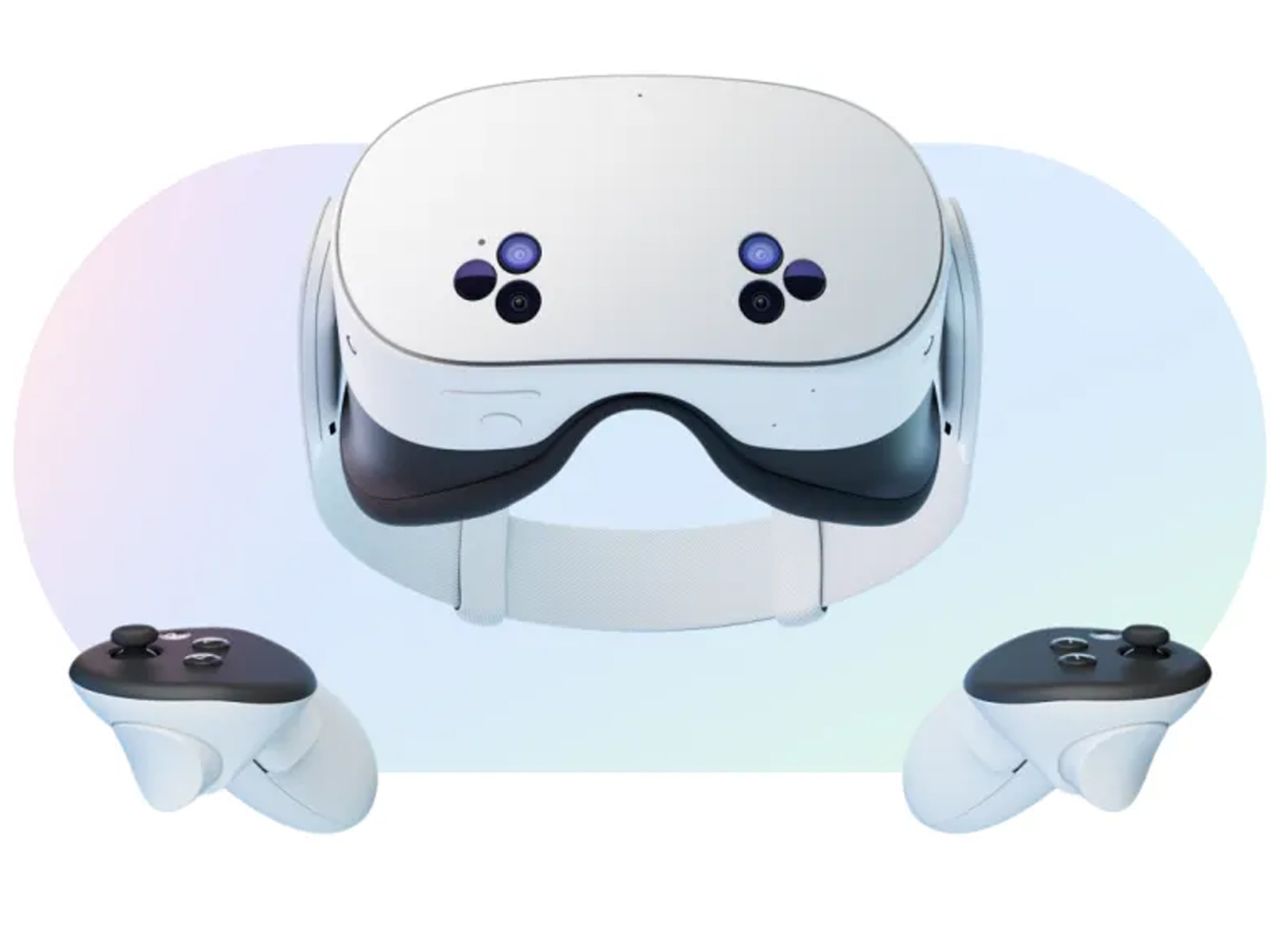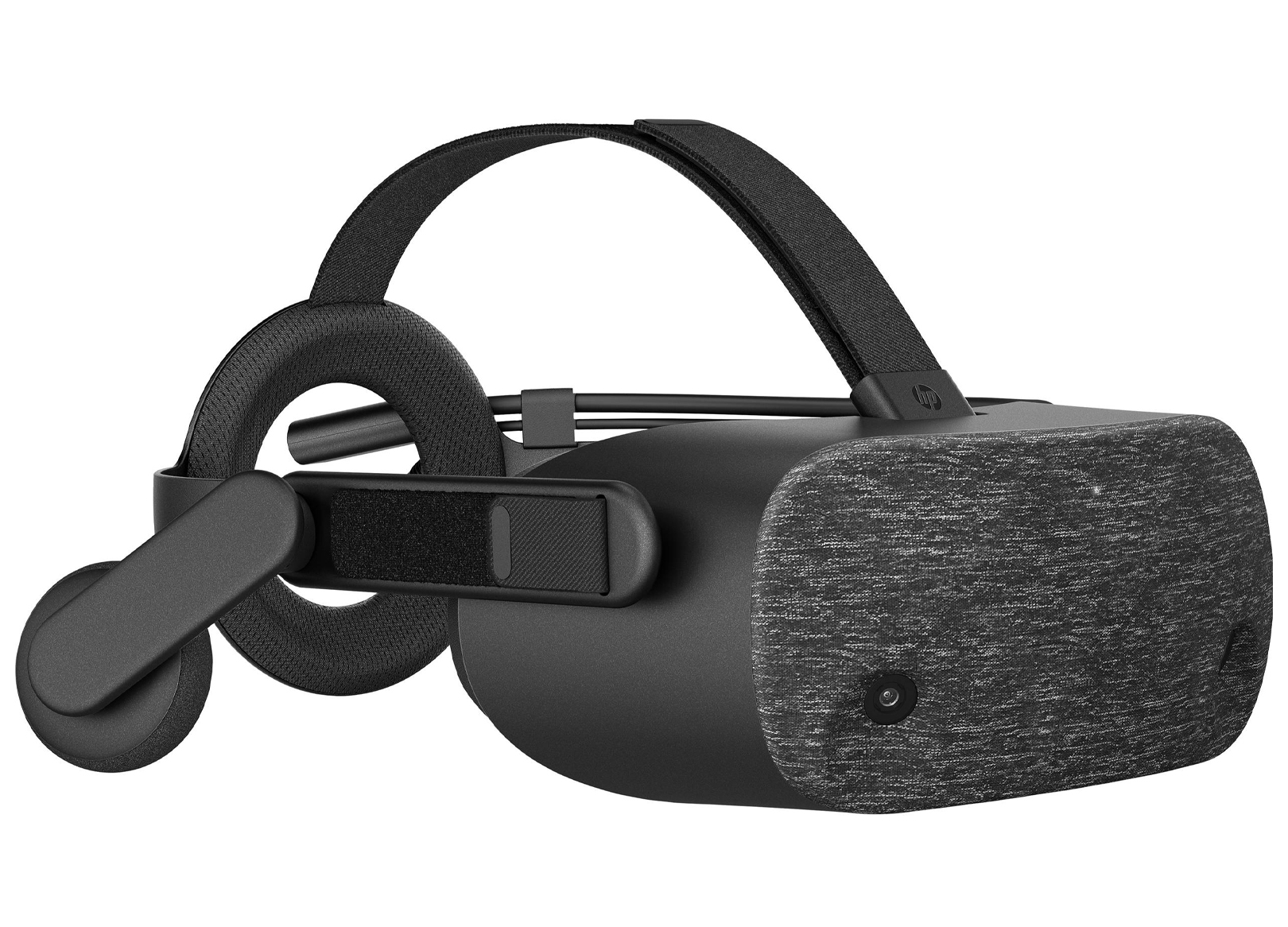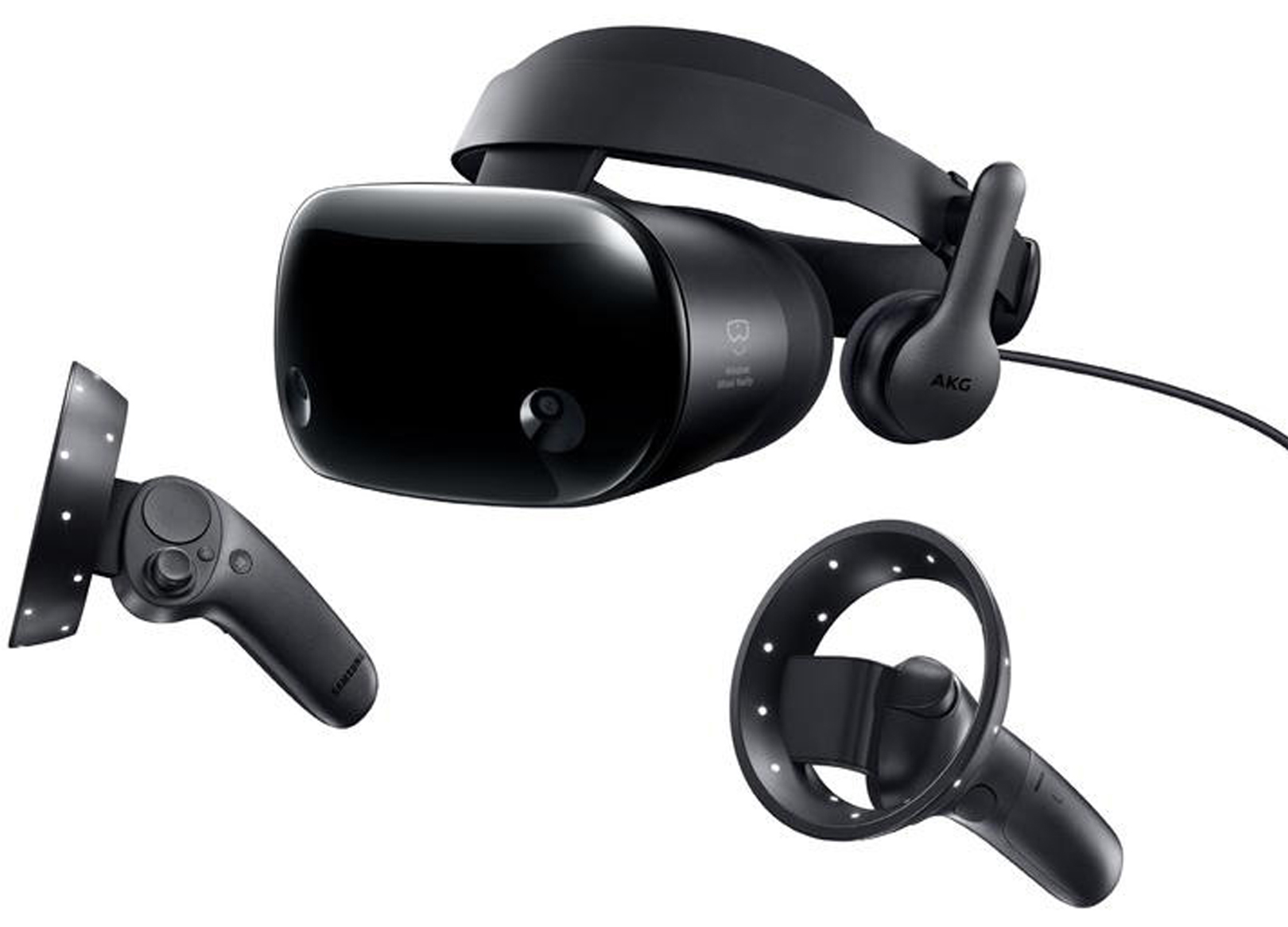Head Mounted Display Support
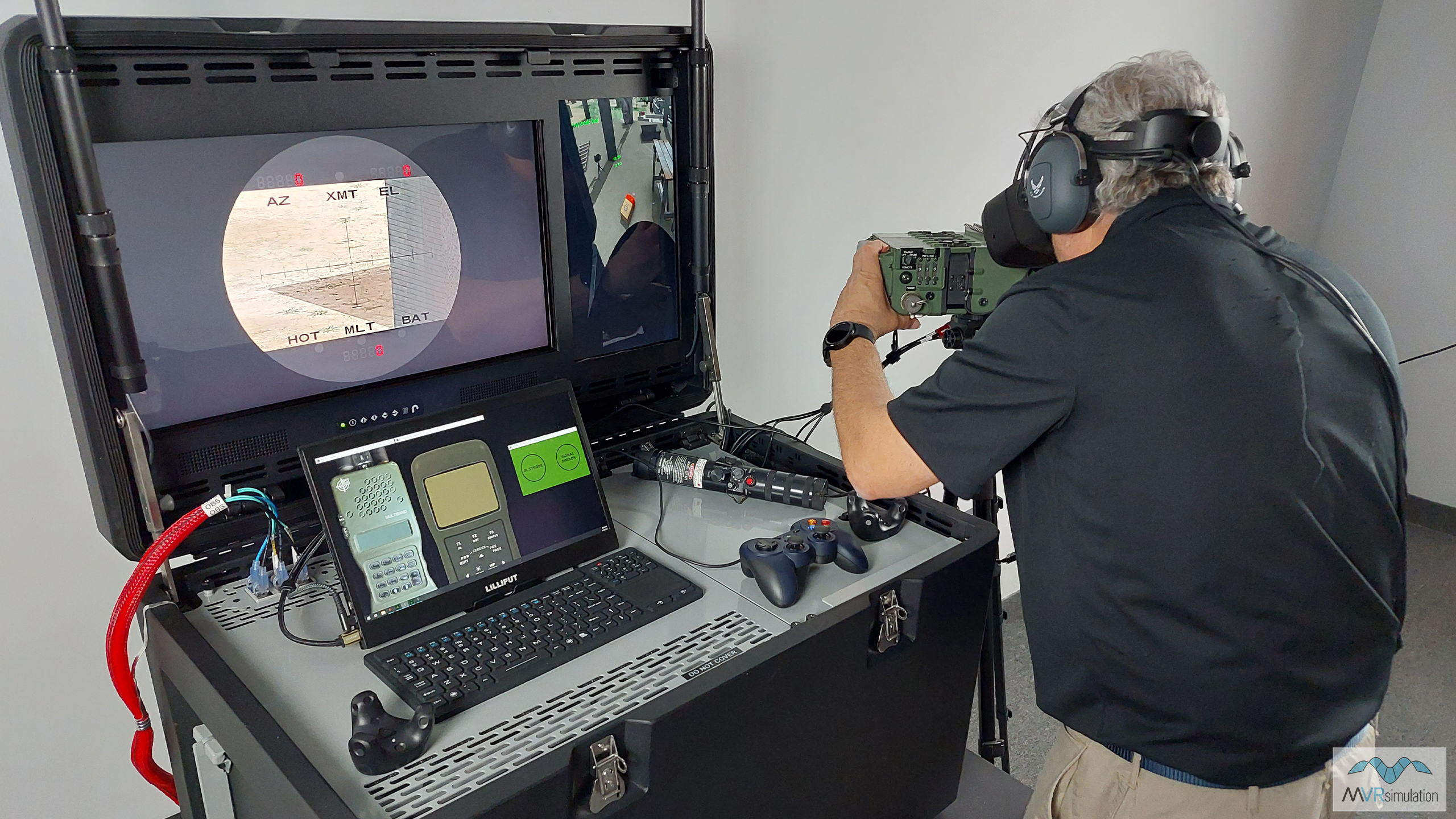
At the DJFT Observer station, looking through the Varjo headset at the emulated SOFLAM.
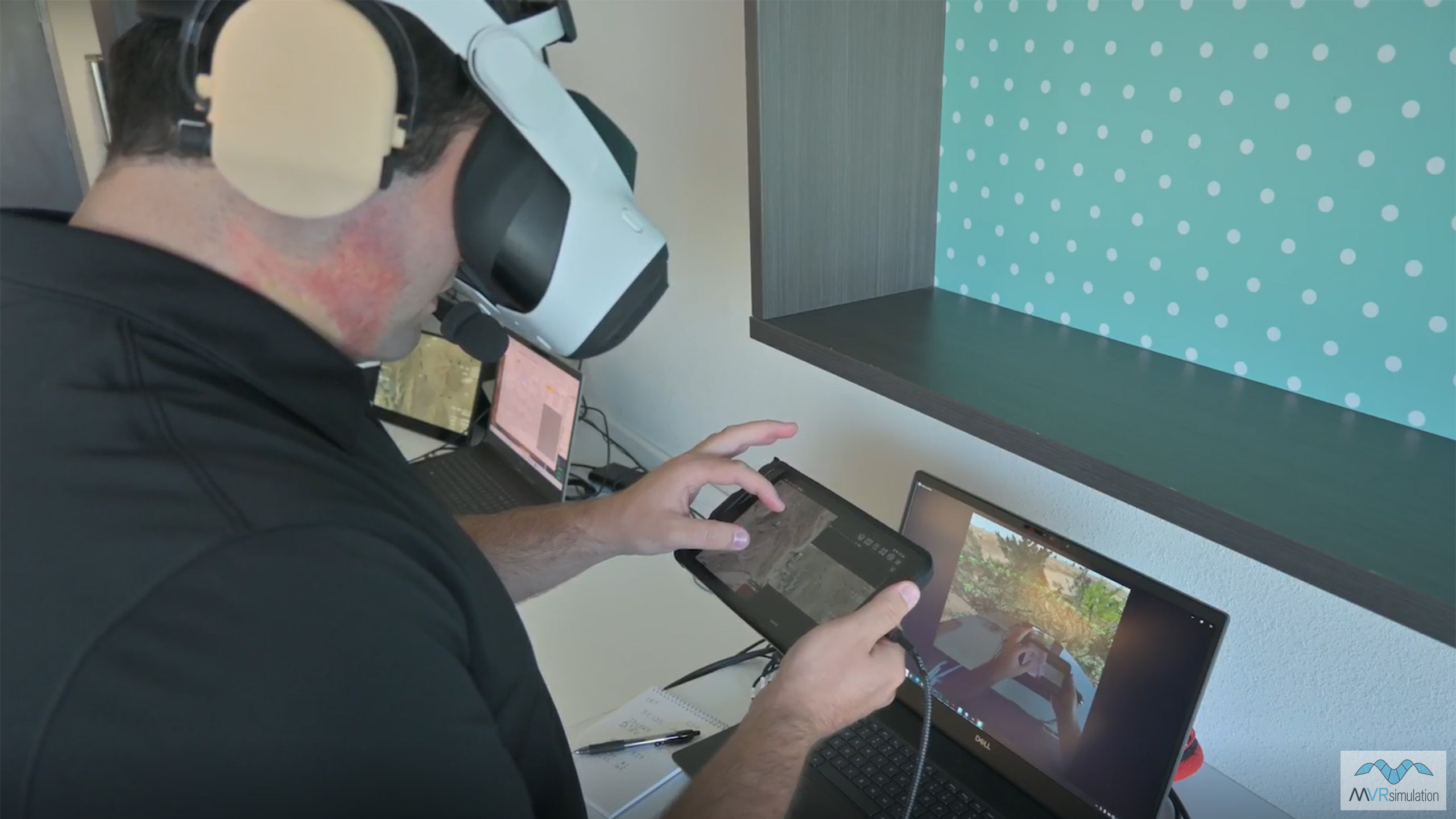
Manipulating the map on the PJFT's TAK device while looking through the Varjo XR-4 HMD.
Commercial Virtual- and Mixed-Reality HMDs
MVRsimulation VRSG supports 3 or 6 degree-of-freedom (DOF) position tracking technology. This capability totally immerses users in a simulated world with either a handheld visual device or a head-mounted display (HMD). VRSG's tracker support is integrated directly with the display mechanism such that latency is minimized during rapid movements by the user.
For immersive viewing, MVRsimulation's VRSG technology supports a range of virtual reality (VR) and mixed reality (XR) systems. When using a VR or XR system with VRSG, users experience MVRsimulation's high-resolution geospecific terrain and real-time, accurate physics models from VRSG 3D model library in a 360-degree view at 2160 x 1200 pixel resolution.
The use of VRSG with VR and XR devices is nearly the same for all systems. Settings include whether to render the scene in a single pass, render the controllers and/or or base station, and resolution refinements for foveated rendering.
A VRSG license can create and display multiple viewports, or concurrent views, where each viewport can be assigned to a different view of the scene. VR/XR devices require at least two viewports (one for each eye) or four viewports (two for each eye), depending on the manufacturer. Note that the pricing of a VRSG license is structured on a per-viewport basis. (See the Price List for more about VRSG per-viewport pricing.)
Varjo
VRSG supports integration with Varjo XR series HMDs, allowing the user to fully immerse themselves in the virtual world during mixed-reality training scenarios. Depending on the HMD used, the XR series gives users a full frame bionic display with human-eye resolution at over 20/20 vision, up to horizontal 115-degree field of view, up to 90 Hz refresh rate, and ultra-low latency mixed reality, dual 12-megapixel video pass-through at up to 90 Hz.
VRSG's support for Varjo is via a plug-in.
To take advantage of the eye-tracking technology built into Varjo headsets, VRSG can visualize the gaze of the wearer. For example, during a simulated flight, VRSG can track the pilot’s head position and orientation within the cockpit simulator, track the gaze vector using the Varjo device’s pupil tracking functionality, and then depict the gaze of each eye independently as a color-coded 3D cone. During a real-time simulated exercise or an after-action playback, VRSG can visualize the pilot’s head position, orientation, and gaze vector over the events of the training session.
Please visit the Varjo website to see full technical specs for Varjo HMDs:
- Varjo XR-4 Secure Edition / Focal Edition
- Varjo XR-3 Focal Edition
- Varjo VR-2 Pro
Vive
VRSG's support for virtual reality HMDs includes those that are compatible with SteamVR, including the latest HTC VIVE series systems. The support is native meaning no plugin or coding required. For the HTC Vive series VR headsets, VRSG includes support for the HTC Vive Tracker. Vive Tracker tracks moving objects by wireless interface in VR, and can pair with HTC’s wireless dongle or use its USB interface to transfer tracking data to a PC.
Please visit the Vive website to see full technical specs for Vive HMDs:
- Vive Focus Vision
- Vive Pro 2
- Vive Pro
- Vive Tracker
Meta Quest
Meta Quest (previously Oculus) mixed-reality HMDs provide a mixed-reality, immersive experience via an 8-metre (26-foot) virtual screen. Features include wireless design for full freedom of movement, high-definition resolution and powerful performance, and Touch Plus controllers. Support is native meaning no plugin or coding required.
Please visit the Meta website to see full technical specs for Vive HMDs:
- Meta Quest 3S
- Meta Quest 3
- Oculus Rift (legacy support)
HP Reverb
HP Reverb VR headsets offer immersive viewing with ultra sharp visuals via (up to) 2160 x 2160 LCD panels per eye and full RGB stripe. Features high-quality immersive spatial audio and ergonomic handheld controllers. Support is native meaning no plugin or coding required.
Please visit the HP website to see full technical specs for Reverb HMDs:
- HP Reverb G2
- HP Reverb (legacy support)
Samsung Odyssey + Windows
The HMD Odyssey HMD and Windows Mixed Reality Portal app running on Windows PC offers a VR experience. Support is native meaning no plugin or coding required.
Please visit the Samsung website to see full technical specs for the Odyssey HMD:
- Odyssey + Windows
Full technical specifications can be found on the OEM websites listed above. For techical support on integrating an HMD into a MVRsimulation simulator for use with VRSG, please refer to your VRSG user guide or contact us.
VRSG real-time scene visualizing the gaze of the wearer of a Varjo XR-3 HMD through the collection of eye-tracking data.
Real-time scene visualizing the gaze of the wearer of a Varjo XR-3 HMD over VRSG's 3D Albacete Air Base, Spain, terrain.

